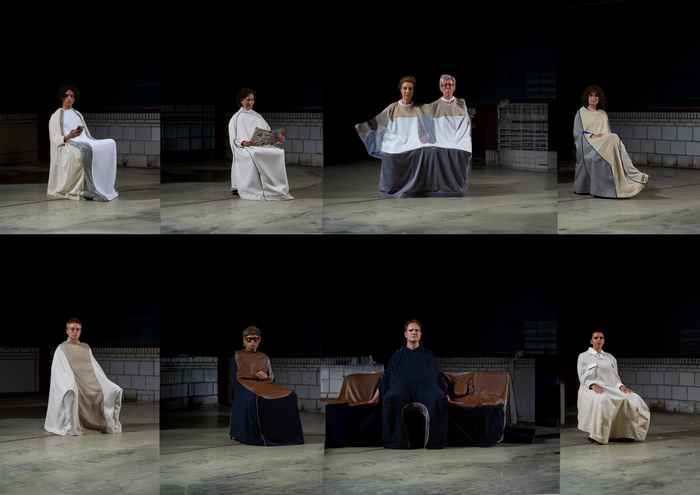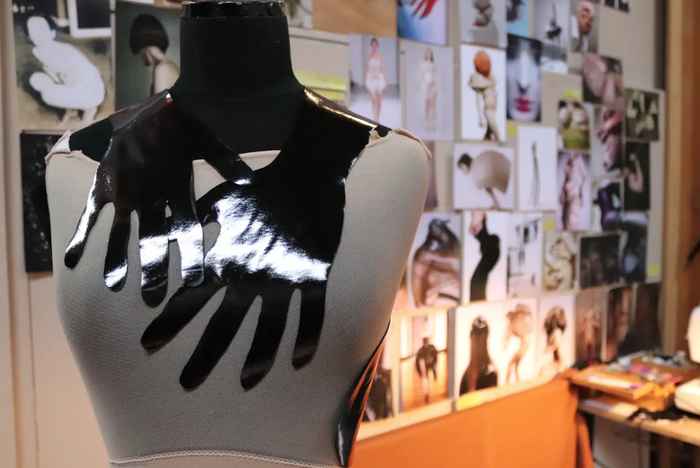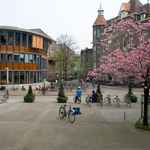Brainwave #4 Worlding beyond Wording
by Julia Stoll
- Date
- 27 November 2025
- Time
- 16:30 -18:30
- Location
- BG 3
- Room
- VOX-POP
As one form among many, verbal language both connects and confines us. It builds the spaces we inhabit together, yet it also defines who is heard and how. This programme turns attention toward what seeps through those boundaries: the silences, gestures, textures, and sensory exchanges that often escape linguistic form. By foregrounding these modes of communication, we challenge normative assumptions about understanding and invite alternative ways of relating, perceiving, and making meaning to emerge, both within and beyond the university context. Join us to explore these other ways of connecting, creating, and communicating.
Practical information
This programme will take place on 27 November at VOX-POP (Binnengasthuisstraat 9, BG3, ground floor). It will start at 16:30 and finish at 18:30. Participation is free of charge, but we kindly ask you to register in advance.
For whom: All body-minds and neuro-types are warmly invited to join.
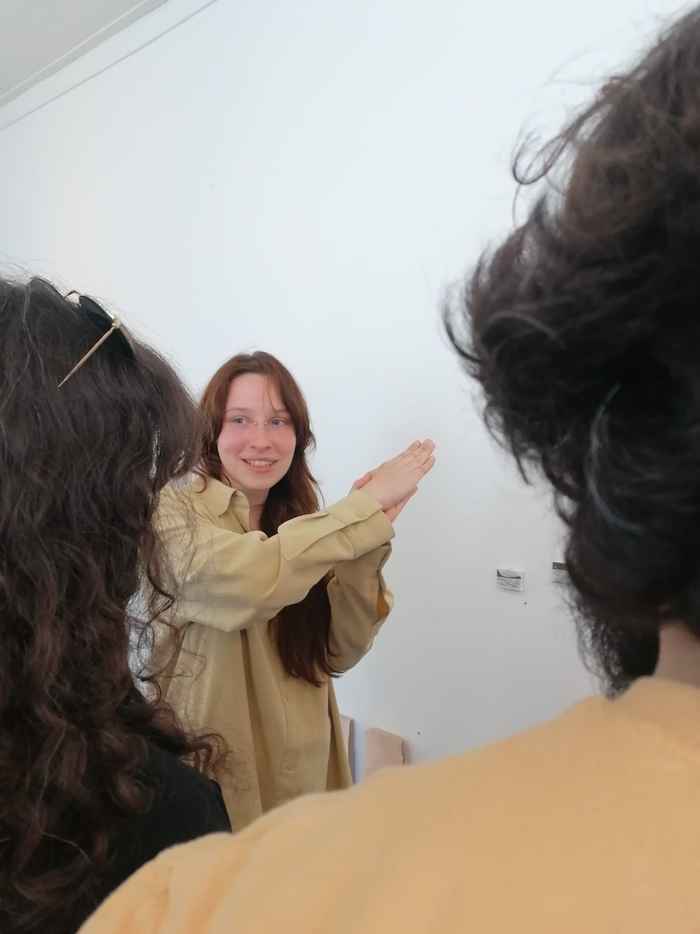
Julia Stoll is an artistic researcher and cultural worker, currently studying in the UvA’s Art and Performance Research master, where she combines artistic practice with theoretical inquiry. Her research interests span across a variety of subjects: from environmental philosophy and experimental field research, to neurodiversity studies and embodied forms of knowledge—all connected by a commitment to exploring how art can shift the ways we sense and know the world. Beyond hr studies, she moves between many roles: drawing artist, sculptor, performer, organiser, tailor, walking companion, bookbinder, and most importantly, collaborator—an extra pair of hands feeling out new grounds alongside those who inspire and support me. In the near future, she hopes to become further interwoven into the tapestry of artistic research in Amsterdam, contributing to spaces of care, collaboration, and experimentation.
Guest speakers
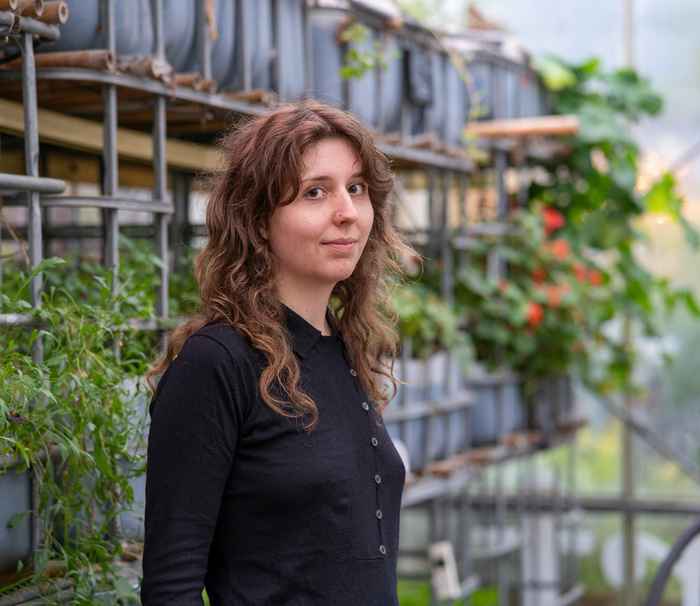
Vera Lelie is a researcher and designer whose work moves between fashion, space, and psychology. A 2023 graduate of the Gerrit Rietveld Academie’s Fashion Department, she explores how garments and environments intersect, beginning from sensory experience and the desire to quiet overstimulation. Her graduation project The Waiting Room reimagined the archetypal waiting space as one of empathy and reflection, later shown during Museumnacht at Mediamatic alongside her short film Met wie spreek ik (Thank You for Calling). Currently working with Costumes Collected and as a costume designer for film and theatre, Vera continues to explore how garments shape the spaces we inhabit and our sense of belonging.
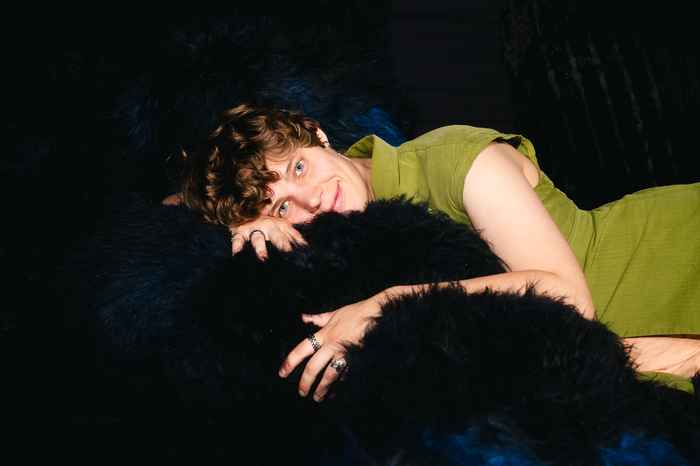
Renske Tiermesma is a 24-year-old visual artist from Utrecht -- an idealist and proudly neurodivergent creator. Her neurodiversity shapes the way she experiences the world, with all its intensity, challenges, and beauty, which she channels into her art. As a former student autism ambassador at HKU, she learned the power of speaking openly about neurodiversity, and her work continues to spark conversation and connection, inviting others to see the world through different eyes.
